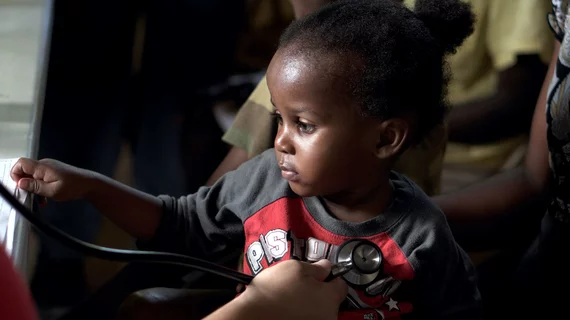Childhood exposure to 'toxic stress,' racial disparities shows up on MRI
Childhood adversity alters regions of the brain responsible for processing threats, according to a new neuroimaging study.
The work, published on Feb. 1 in the American Journal of Psychiatry, provides detailed insight into how the brains of Black children who have experienced childhood trauma, family dysfunction and general hardships develop over time in comparison to their white peers who have shouldered similar experiences. Experts found that Black children who had lived through such hardships displayed lower grey matter volume in a number of brain regions.
Experts involved in the work suggest that providers should take note of these findings, as they can impact a child’s ability to function and cope with stress later in life.
“Understanding the potential effects of such disparities on these brain structures is critical for a fuller understanding of the impacts of stress on the developing brain and creating generalizable neurobiological models of disease,” explained the study’s corresponding author Nathaniel G. Harnett, PhD, and colleagues.
For their work, the researchers analyzed data from the Adolescent Brain Cognitive Development study, including MRI brain scans of 7,350 White American and 1,786 Black American children. Imaging was compared to several adversity-related measures to establish relationships between racial disparities and altered brain structure.
While there was a level of childhood adversity among both groups of children, the experts noted that Black children experienced more traumatic events, family conflict and material hardship, and that their parents, on average, had lower education, lower incomes and increased rates of unemployment.
These factors were found to adversely affect numerous regions of the brain, most notably the amygdala, hippocampus and prefrontal cortex (gray matter volumes). Income was the most common predictor of brain volume differences observed in the PFC and amygdala.
The authors explained that the sort of childhood adversity the cohort had been exposed to could result in “toxic stress,” which, in turn, leads to “excessive activation of stress response systems and an accumulation of stress hormones.” When this occurs at a young age, children’s brain structure is inevitably impacted and their immune and metabolic regulatory systems are also altered.
The authors indicated that their work adds to the growing body of evidence linking trauma—particularly childhood trauma—with altered brain structure, but that more work needs to be done to quantify the long-term implications.
The study abstract is available here.

